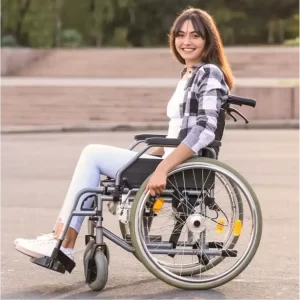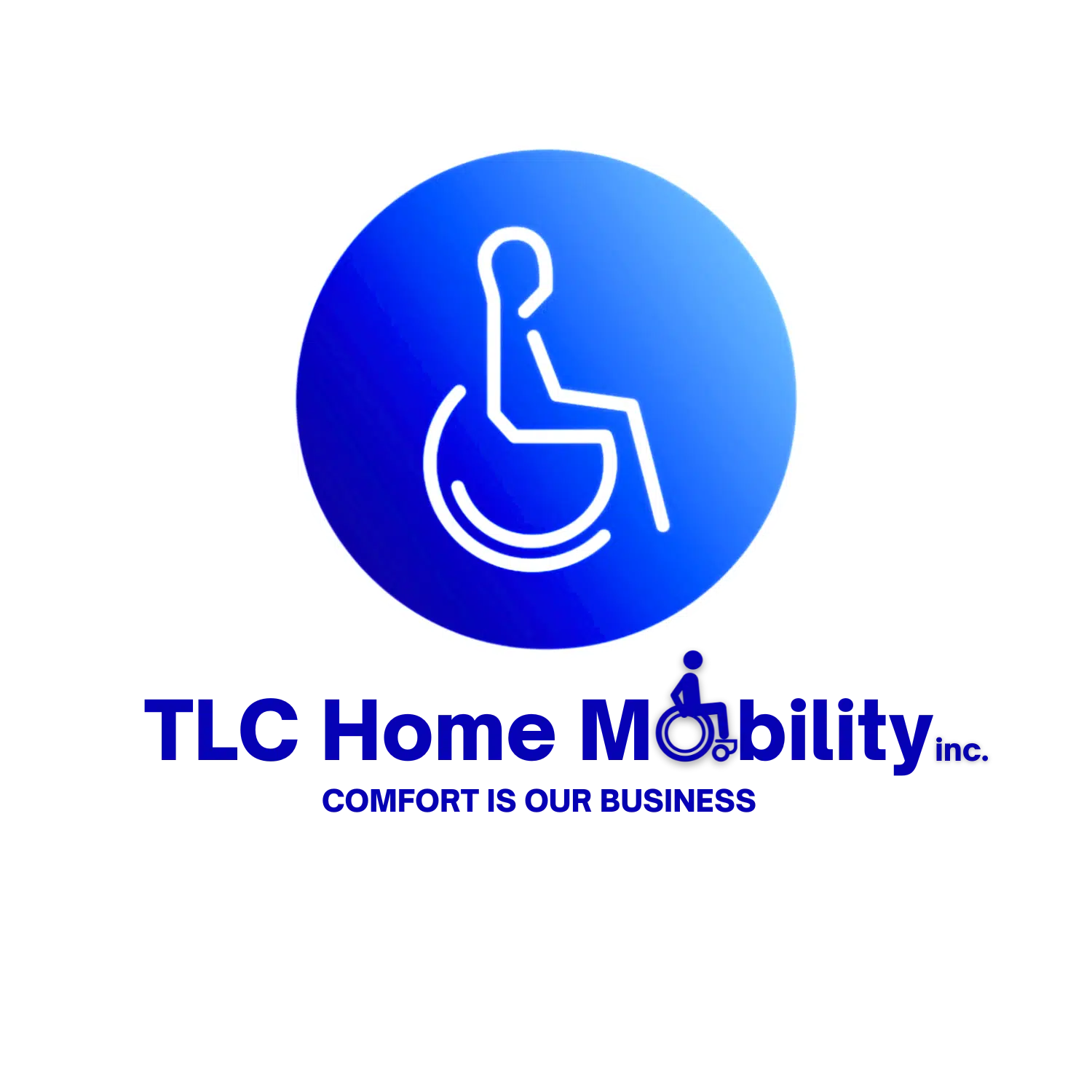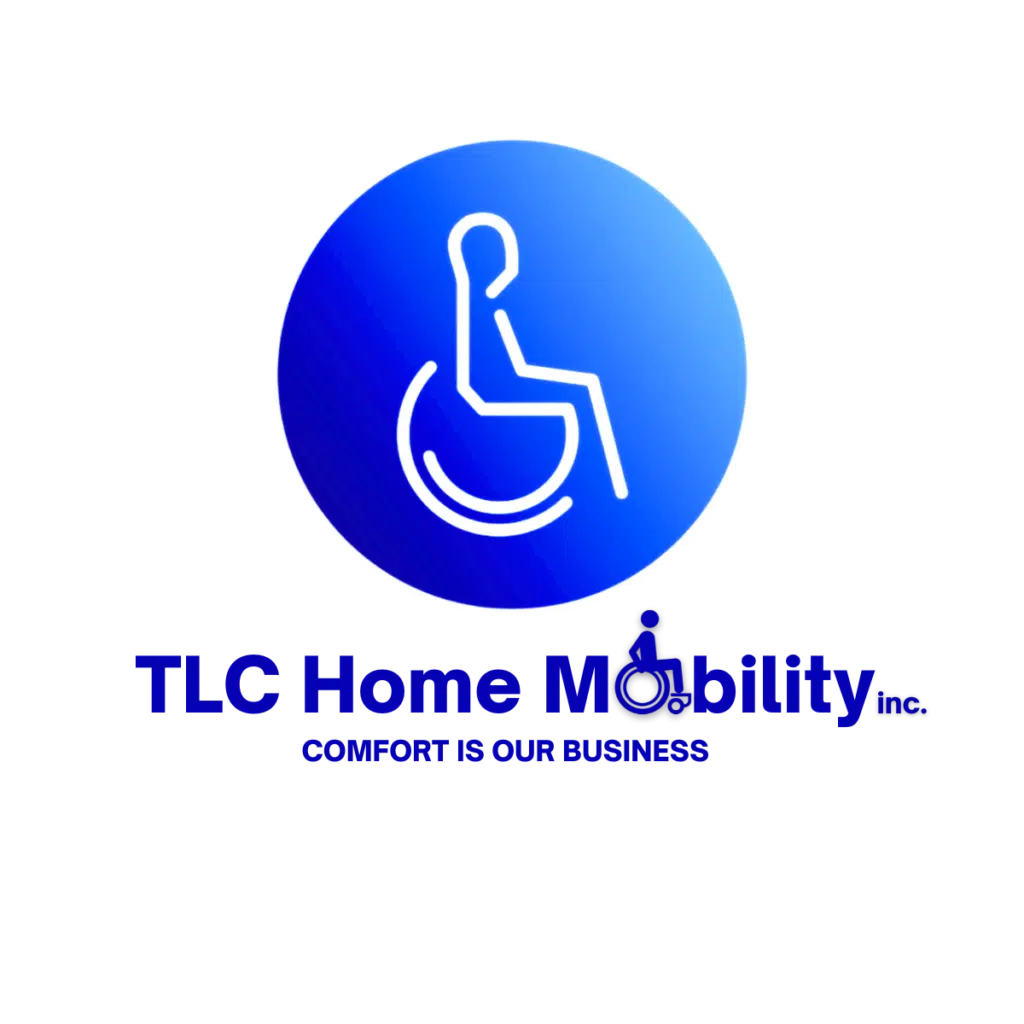
A Closer Look at Home Accessible Design: Tips and Ideas
Introduction: Creating an accessible and inclusive home environment is essential for individuals with mobility challenges. Home accessible design goes beyond just meeting basic needs; it ensures comfort, independence, and a higher quality of life. In this guide, we will explore the key elements of accessible design, innovative solutions, when to consider DIY vs. professional modifications, and how TLC Home Mobility can help you make your home a more welcoming and functional space for everyone.
Accessible Design Elements:
- Widened Doorways: Ensuring that doorways are wide enough to accommodate wheelchairs and walkers is a fundamental aspect of accessible design. TLC Home Mobility can assist with assessing your home’s doorways and recommending necessary modifications.
- Lower Countertops: Lowering countertops in kitchens and bathrooms can make them more accessible to individuals in wheelchairs. These modifications promote independence in daily tasks like cooking and grooming.
- Non-Slip Flooring: Installing non-slip flooring throughout the home reduces the risk of slips and falls, offering a safer environment for all residents.
Innovative Solutions for Accessibility:
- Smart Home Technology: Modern technology can enhance accessibility. Features like voice-activated lighting, automated door openers, and smart thermostats provide convenience and ease of use.
- Customizable Furniture: Furniture with adjustable heights and designs that accommodate various needs are excellent choices for accessible homes.
- Roll-In Showers: Roll-in showers eliminate the need to step over a high threshold, making bathing safer and more accessible.
DIY vs. Professional Modifications:
Determining whether to tackle accessibility modifications yourself or seek professional help depends on the complexity of the changes and your comfort level with DIY projects. Consider:
- DIY Projects: Simple modifications like installing grab bars or adjusting the height of shelves can often be done independently.
- Professional Assistance: For more complex modifications like widening doorways or installing roll-in showers, professional assistance is recommended to ensure safety and compliance with accessibility standards.
Making Homes More Inclusive:
- Social Impact: Embracing accessible design isn’t just about personal convenience; it’s about inclusivity. An accessible home allows people of all abilities to interact and live together comfortably.
- Universal Design: Consider universal design principles that create homes accessible to all, regardless of age or mobility.
Conclusion:
Accessible home design is a fundamental aspect of ensuring comfort, independence, and safety for individuals with mobility challenges. TLC Home Mobility understands the importance of creating inclusive living spaces and can assist you in achieving your accessibility goals. By incorporating accessible design elements, innovative solutions, and considering when to seek professional help, you can make your home a welcoming and functional space for everyone. Contact TLC Home Mobility today to explore your options and embark on the journey toward a more accessible home environment.

